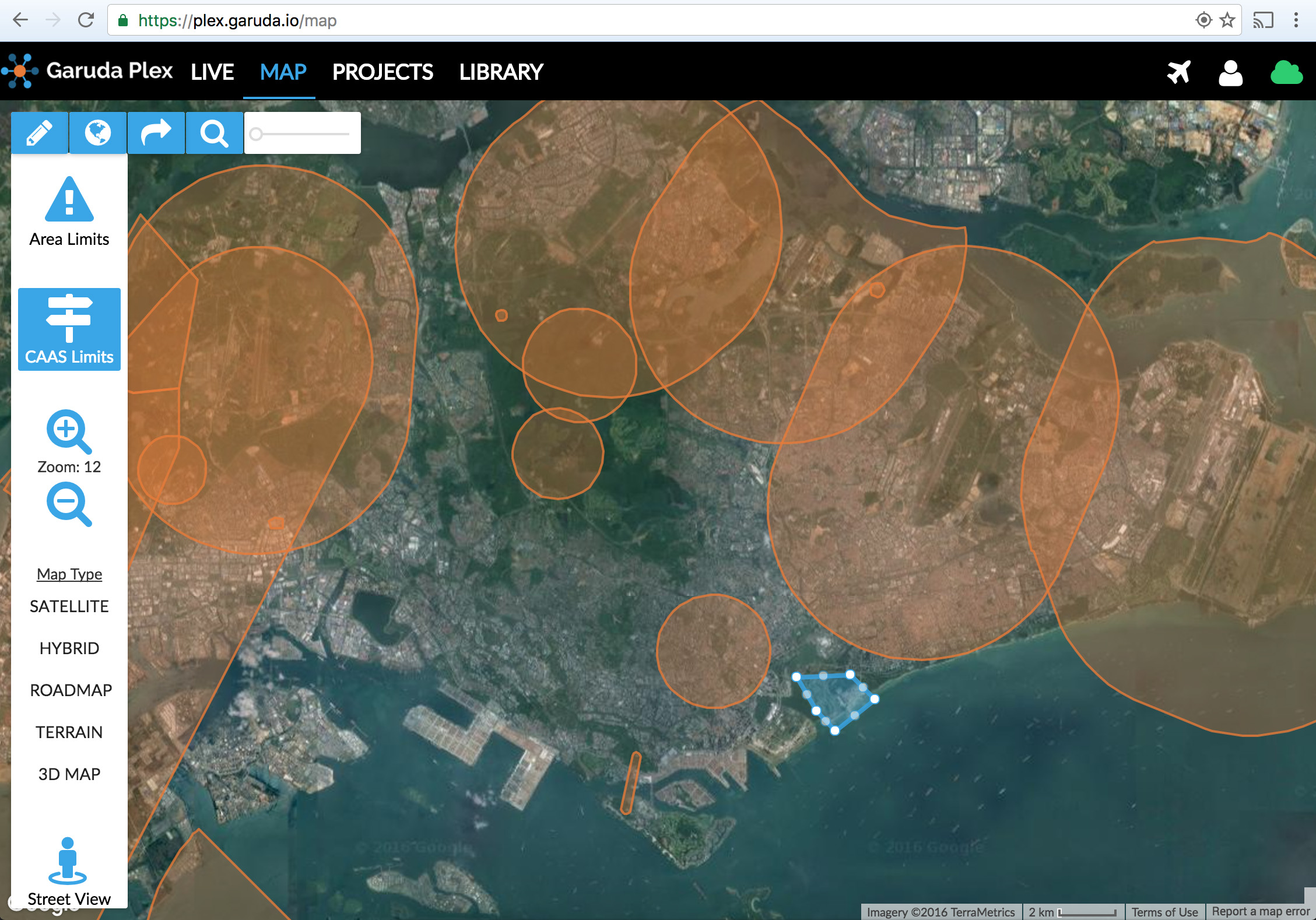Season’s greetings from all of us at Garuda Robotics!
Received your first drone this Christmas? Here’s some useful information about drones and flying to get you started before you head out for your first flight:
Understand your local drone regulations
It is the drone pilot’s responsibility to understand and adhere to existing local drone regulations. If you are unclear, you should contact your local civil aviation authorities to find out more about existing drone regulations.
If you intend to fly your drones in Singapore, refer to our previous post to find out more about the Civil Aviation Authority of Singapore regulations for aerial activities.
Know your drone
I always recommend that new pilots get to know their aircraft well before flying. Most consumer drones will come with an operating manual included. If the manual is not in the box, check the manufacturer’s website. It is also helpful to browse the web for videos or guides created by other enthusiasts, especially if your drone model is one of the more common ones.
Your first flight should take place over a large open area. Pick a takeoff/landing spot near the center of the open space away from obstacles such as trees, buildings, or street lamps. Know the orientation of your drone well; most drones come equipped with LED lights for orientation and as an indication of battery health status. Understand what the lights mean (colors, flashes) and make sure that nothing is out of the norm before you takeoff. Your drone will definitely look different in the sky than when it is safely seated on the ground. In the beginning, make it a habit to fly the drone with its rear end facing you as this will make the controls more intuitive.

Safety first: if you are unsure of whether the location you intend to fly in is part of a restricted zone or near an airport or airbase, use the Garuda Plex Map to plan your flight before you head out.
Keep improving
Keep practicing to improve your flying skills. There are no two flights where things go exactly the same way: some days may be more windy than others. As you gain experience dealing with different locations, situations, and environmental conditions, you will naturally become a better pilot.
I recommend creating your own drone operating procedures and sticking to them. Have a “safety first” mentality and guard yourself against complacency by staying humble. Make it a habit of recording the details of your flights. Some drone manufacturers indicate the lifespan of parts and recommend that you replace them after a certain amount of flight time. With your own flight records, you may be able to spot trends and possible anomalies and prevent problems in-flight.
Safe flying depends on you and me. If you have any enquiries or suggestions to improve this post, please contact us at [email protected]. Let’s continue working together for the good of our drone community.
To receive notifications of our future blog posts, follow us on Facebook and Twitter.
Season’s greetings from all of us at Garuda Robotics!
Received your first drone this Christmas? Here’s some useful information about drones and flying to get you started before you head out for your first flight:
Understand your local drone regulations
It is the drone pilot’s responsibility to understand and adhere to existing local drone regulations. If you are unclear, you should contact your local civil aviation authorities to find out more about existing drone regulations.
If you intend to fly your drones in Singapore, refer to our previous post to find out more about the Civil Aviation Authority of Singapore regulations for aerial activities.
Before you fly
I always recommend that new pilots get to know their aircraft well before flying. Most consumer drones will come with an operating manual included. If the manual is not in the box, check the manufacturer’s website. It is also helpful to browse the web for videos or guides created by other enthusiasts, especially if your drone model is one of the more common ones.
Your first flight should take place over a large open area. Pick a takeoff/landing spot near the center of the open space away from obstacles such as trees, buildings, or street lamps. Know the orientation of your drone well; most drones come equipped with LED lights for orientation and as an indication of battery health status. Understand what the lights mean (colors, flashes) and make sure that nothing is out of the norm before you takeoff. Your drone will definitely look different in the sky than when it is safely seated on the ground. In the beginning, make it a habit to fly the drone with its rear end facing you, as this will make the controls more intuitive.

Safety first: if you are unsure of whether the location you intend to fly in is part of a restricted zone or near an airport or airbase, use the Garuda Plex Map to plan your flight before you head out.
Keep improving
Keep practicing to improve your flying skills. There are no two flights where things go exactly the same way: some days may be more windy than others. As you gain experience dealing with different locations, situations, and environmental conditions, you will naturally become a better pilot.
I recommend creating your own drone operating procedures and sticking to them. Have a “safety first” mentality and guard yourself against complacency by staying humble. Make it a habit of recording the details of your flights. Some drone manufacturers indicate the lifespan of parts and recommend that you replace them after a certain amount of flight time. With your own flight records, you may be able to spot trends and possible anomalies and prevent problems in-flight.
Safe flying depends on you and me. If you have any enquiries or suggestions to improve this post, please contact us at [email protected]. Let’s continue working together for the good of our drone community.
To receive notifications of our future blog posts, follow us on Facebook and Twitter.
